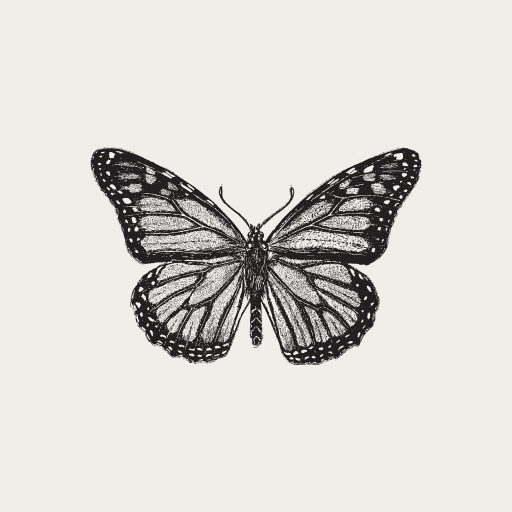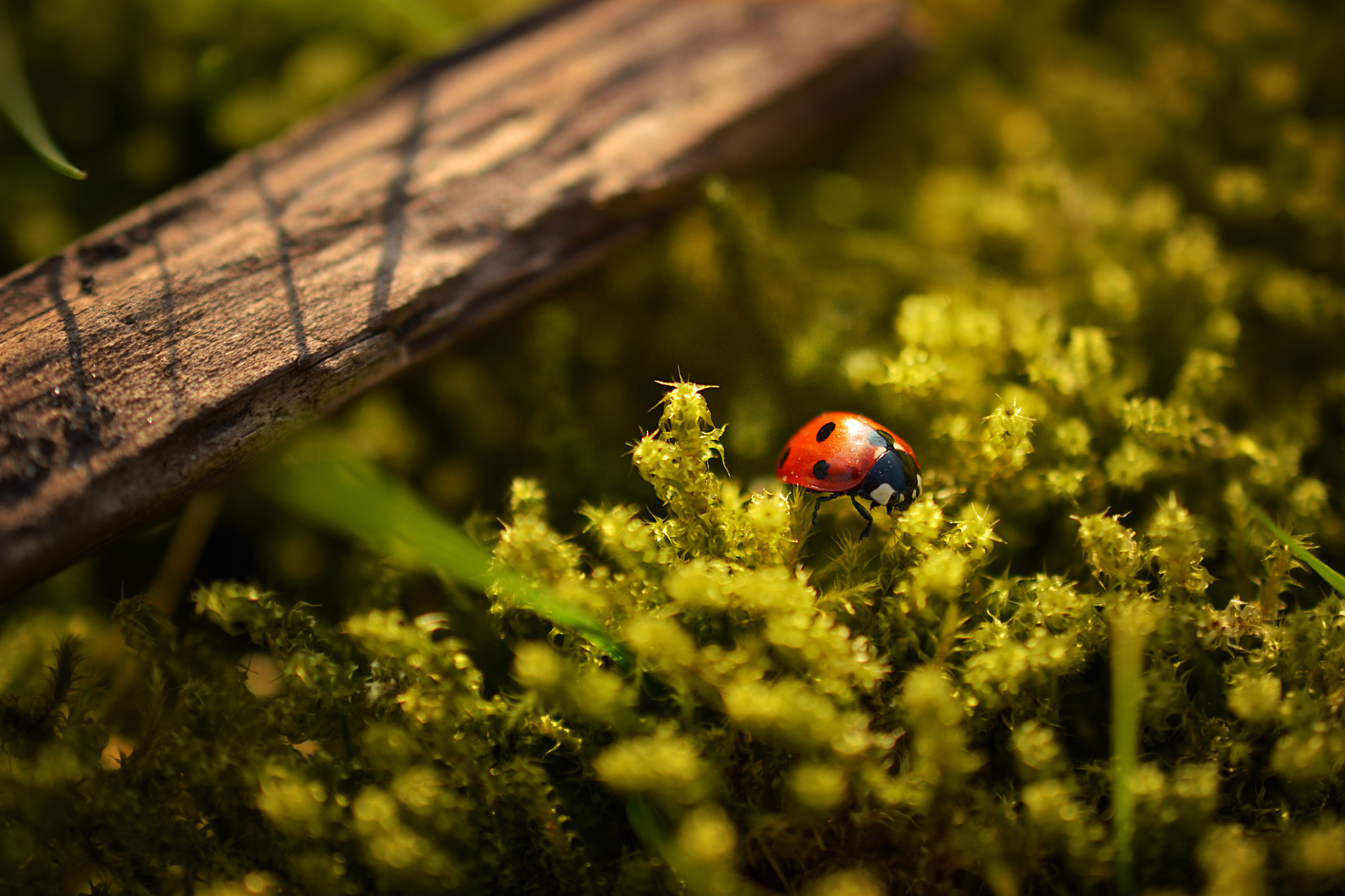Beyond Bees and Butterflies, What Other Insects Are Helped?
When we think of pollinators, bees and butterflies often come to mind. These beautiful creatures are essential to the health of our ecosystems, playing a critical role in fertilizing flowers and facilitating the reproduction of many plants. However, the world of pollinators is far broader and more diverse than just these two. In fact, native plants support a wide variety of pollinators, including insects that you might not typically associate with pollination. By planting native species, you’re not only helping bees and butterflies but a host of other vital insects, each contributing to the web of life in its own way.
In this article, we’ll explore how native plants support the diversity of pollinators, including some of the lesser-known but equally important insects that thrive in native ecosystems.
The Importance of Pollinator Diversity
Pollinators are critical to the survival of many plant species, and by extension, the animals and humans who depend on those plants for food and shelter. While bees and butterflies are perhaps the most well-known pollinators, a diverse array of insects help facilitate pollination in different ecosystems. Each species has unique needs and behaviors, and by supporting a wide variety of pollinators, we ensure healthier, more resilient environments.
Native plants provide a wealth of benefits to pollinators beyond just nectar and pollen. Many native plants have evolved alongside local pollinators, forming symbiotic relationships that benefit both parties. Native plants are particularly important because they provide the food, habitat, and shelter that many local pollinators need to thrive. By planting a diverse array of native plants, you can encourage a vibrant, multifaceted pollinator community in your garden or landscape.
Pollinators Beyond Bees and Butterflies:
- Moths
- Role in pollination: Moths, especially nocturnal species, play a crucial role in pollinating night-blooming plants. These moths are often attracted to the strong scents of flowers that bloom after dusk.
- What native plants support moths: Plants like moonflower (Ipomoea alba), evening primrose (Oenothera biennis), and tobacco plants (Nicotiana spp.) are great choices for attracting moths. These flowers are typically pale or white and have strong, sweet fragrances that guide moths to them at night.
- Beetles
- Role in pollination: Many beetles are excellent pollinators, particularly in more primitive ecosystems. They are attracted to a variety of plants, including those with large, showy flowers and strong scents. Beetles may crawl over the flowers, transferring pollen between plants as they search for food.
- What native plants support beetles: Wild rose (Rosa spp.), spicebush (Lindera benzoin), and dogwood (Cornus spp.) are all attractive to beetles. These plants are rich in nectar and pollen, providing the necessary resources for beetles to thrive.
- Flies
- Role in pollination: Flies, including hoverflies and carrion flies, are often overlooked as pollinators but are incredibly important. They are particularly effective at pollinating plants that may not be visited by other insects, such as those with small or less showy flowers.
- What native plants support flies: Plants like spikenard (Aralia racemosa), goldenrod (Solidago spp.), and aster (Symphyotrichum spp.) are great at attracting flies. These plants tend to have smaller flowers that are perfect for flies to land on while feeding.
- Wasps
- Role in pollination: While wasps are often feared due to their stingers, many species are also important pollinators. Unlike bees, which are hairy and more efficient at transferring pollen, wasps typically carry less pollen but are still important for pollinating a variety of plants.
- What native plants support wasps: Goldenrod (Solidago spp.), milkweed (Asclepias spp.), and mountain mint (Pycnanthemum spp.) attract wasps and offer a good supply of nectar. Wasps are particularly drawn to plants that provide nectar over long periods of time.
- Ants
- Role in pollination: While ants aren’t the primary pollinators for most plants, they do play a role in some species’ reproductive cycles. Certain plants rely on ants to transport their seeds, and in doing so, they often pick up pollen.
- What native plants support ants: Wild ginger (Asarum canadense) and bloodroot (Sanguinaria canadensis) are native plants that attract ants, particularly because they have seeds with fleshy appendages (called elaiosomes) that ants carry away and sometimes accidentally pollinate.
- Cicadas
- Role in pollination: Cicadas are another underappreciated pollinator, particularly in the warmer months when they are most active. They are attracted to flowers with strong scents and are known to pollinate certain trees and shrubs.
- What native plants support cicadas: Black locust (Robinia pseudoacacia) and sweetgum (Liquidambar styraciflua) are native trees that support cicadas and provide ample nectar during their active seasons.
- Hoverflies
- Role in pollination: Hoverflies, often mistaken for small bees, are excellent pollinators. They are particularly attracted to flowers with bright colors, including yellow and purple, and help pollinate a wide variety of plants, especially those in vegetable gardens.
- What native plants support hoverflies: Yarrow (Achillea millefolium), aster (Symphyotrichum spp.), and goldenrod (Solidago spp.) are all excellent plants for attracting hoverflies. These plants have small to medium-sized flowers that hoverflies can land on easily.
How to Support Pollinator Diversity in Your Garden
To attract a variety of pollinators, focus on planting a diverse selection of native plants. Different insects are attracted to different types of plants, so providing a range of flower types, colors, and bloom times will ensure that your garden supports a wide range of pollinators throughout the year.
Here are some key tips for supporting pollinator diversity:
- Plant a mix of flower shapes: Different pollinators are attracted to different flower shapes. For example, long-tongued insects like hummingbirds and butterflies prefer tubular flowers, while short-tongued insects like bees and flies prefer flat, open flowers.
- Choose plants that bloom at different times of the year: A well-timed succession of blooms ensures that pollinators always have access to nectar and pollen.
- Avoid pesticides: Pesticides can harm pollinators, so opt for natural pest control methods and organic gardening practices to protect them.
- Provide habitat and shelter: In addition to nectar-rich plants, provide shelter and safe spaces for pollinators. Consider creating a pollinator-friendly habitat with small trees, shrubs, and natural nesting sites.
Supporting Pollinators with Native Plants
Native plants provide essential resources for a wide variety of pollinators, from the familiar bees and butterflies to moths, beetles, flies, and even ants and cicadas. By planting native species, you’re supporting not only the pollination of your own garden but also the health of local ecosystems. Every pollinator plays an important role in maintaining the delicate balance of nature, and each one deserves our support.
Planting native plants is a simple yet powerful way to contribute to pollinator conservation. Whether you’re adding a few native flowers to your garden or transforming your landscape into a pollinator haven, every action counts. Together, we can help protect the pollinator diversity that sustains our planet.


